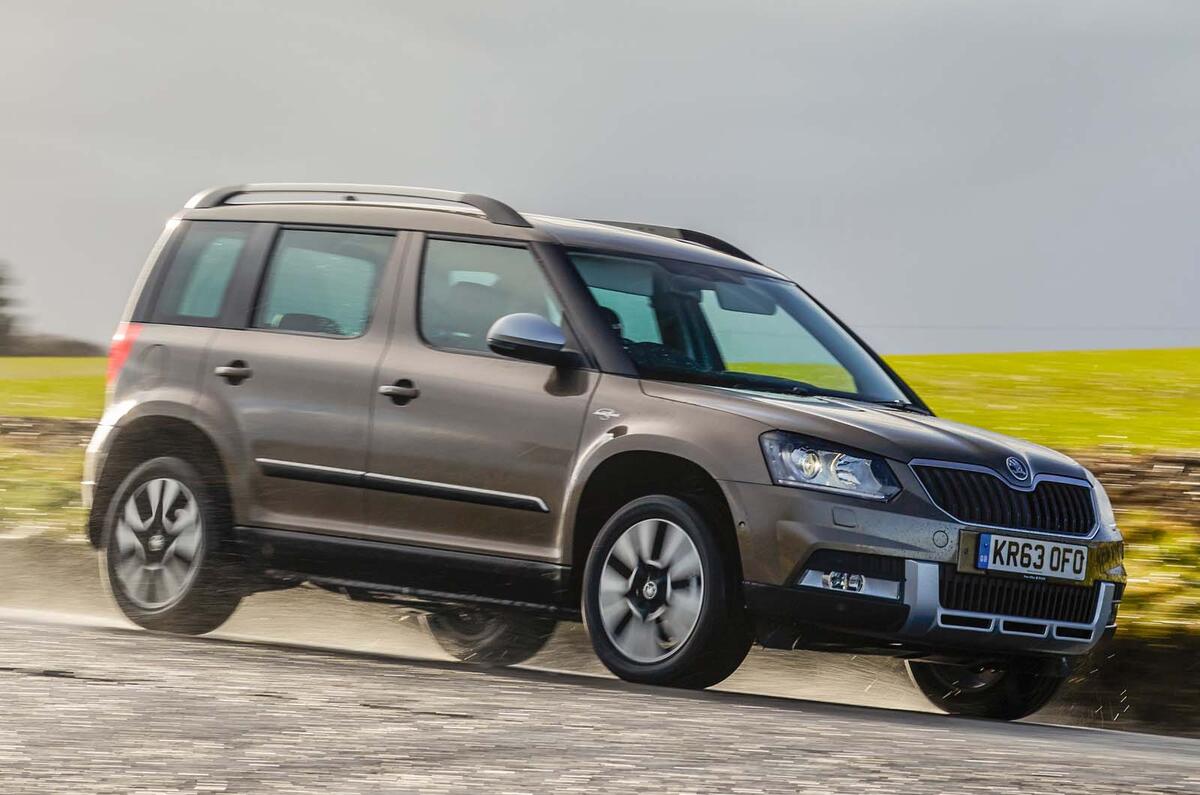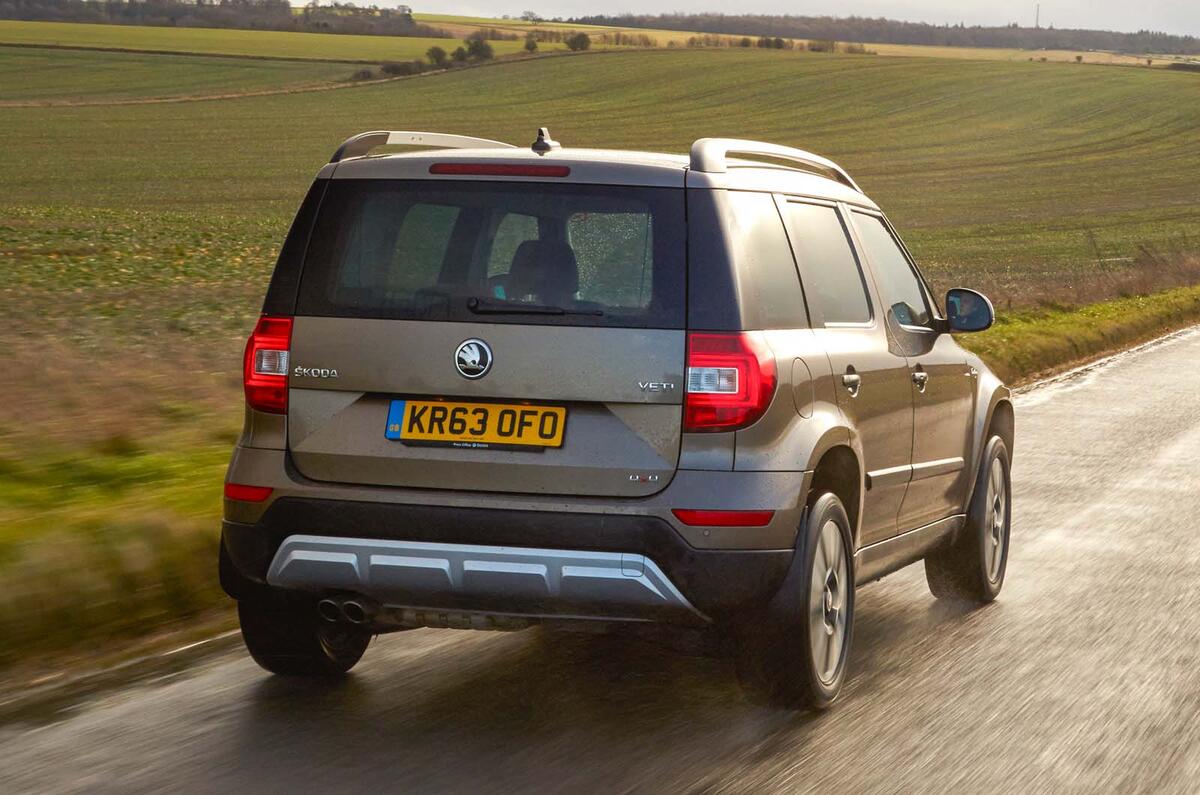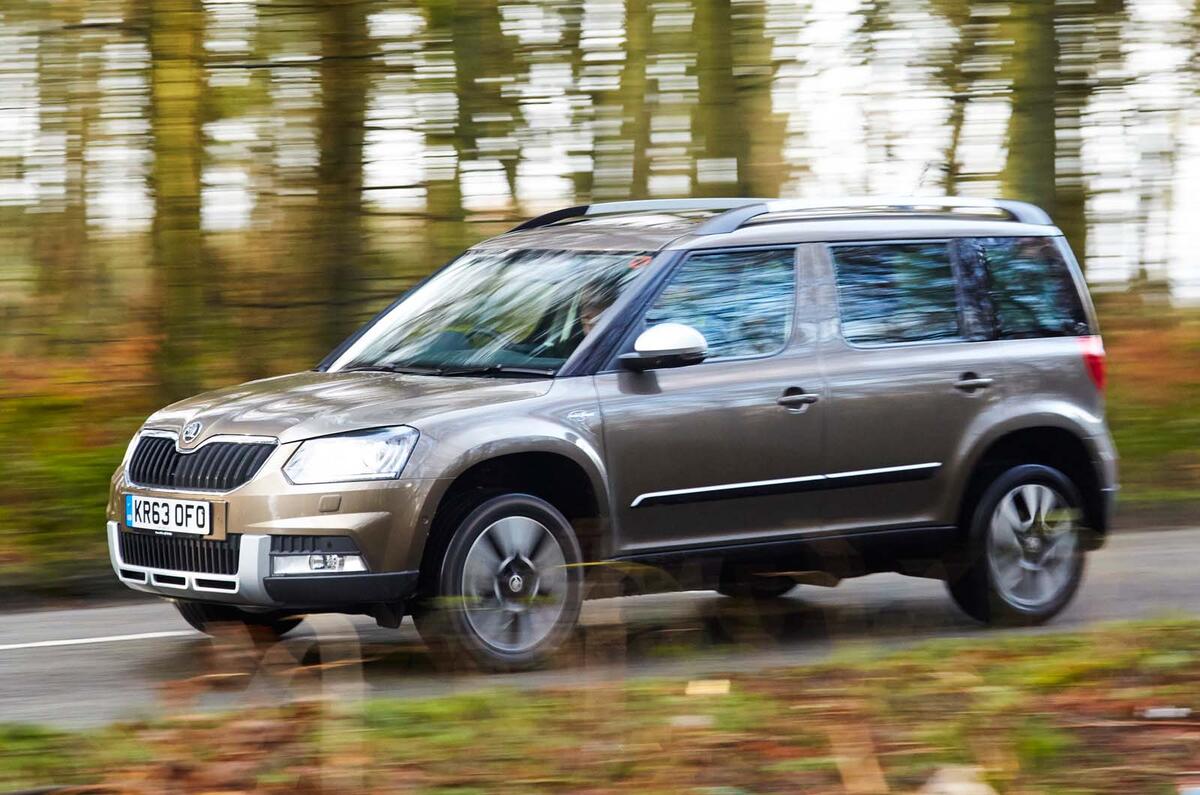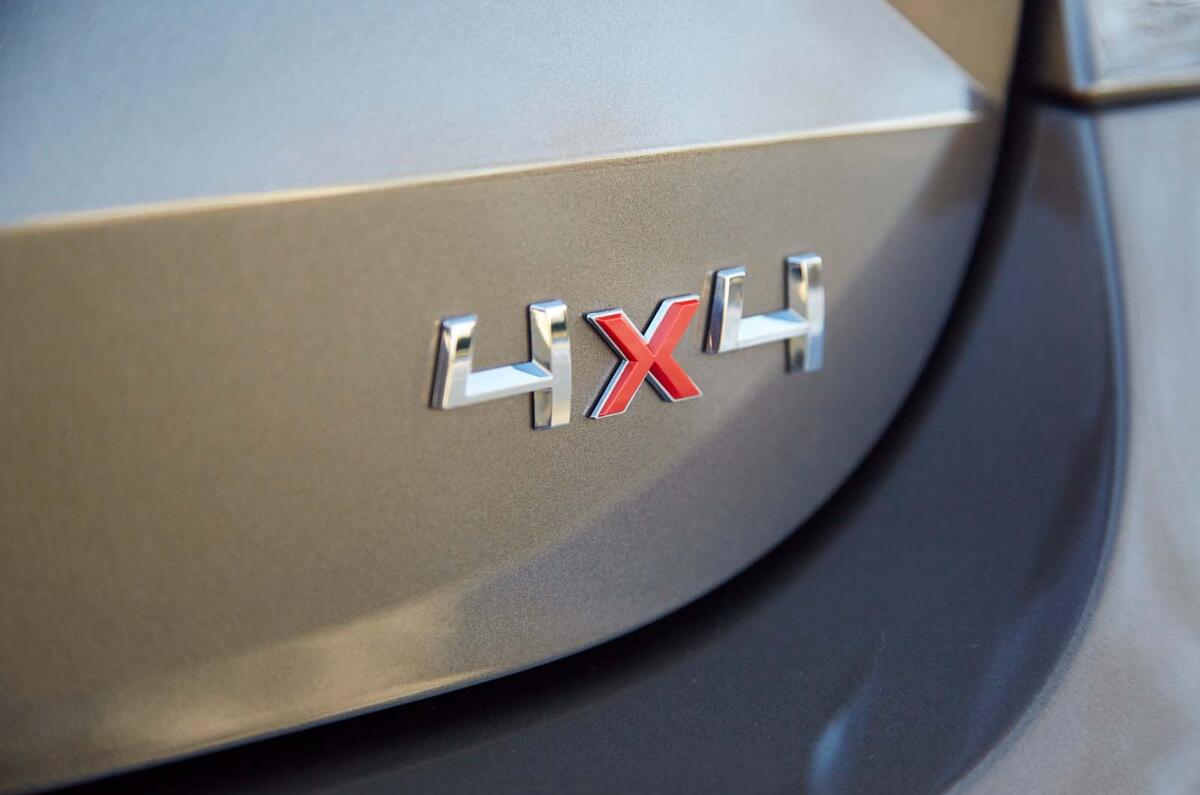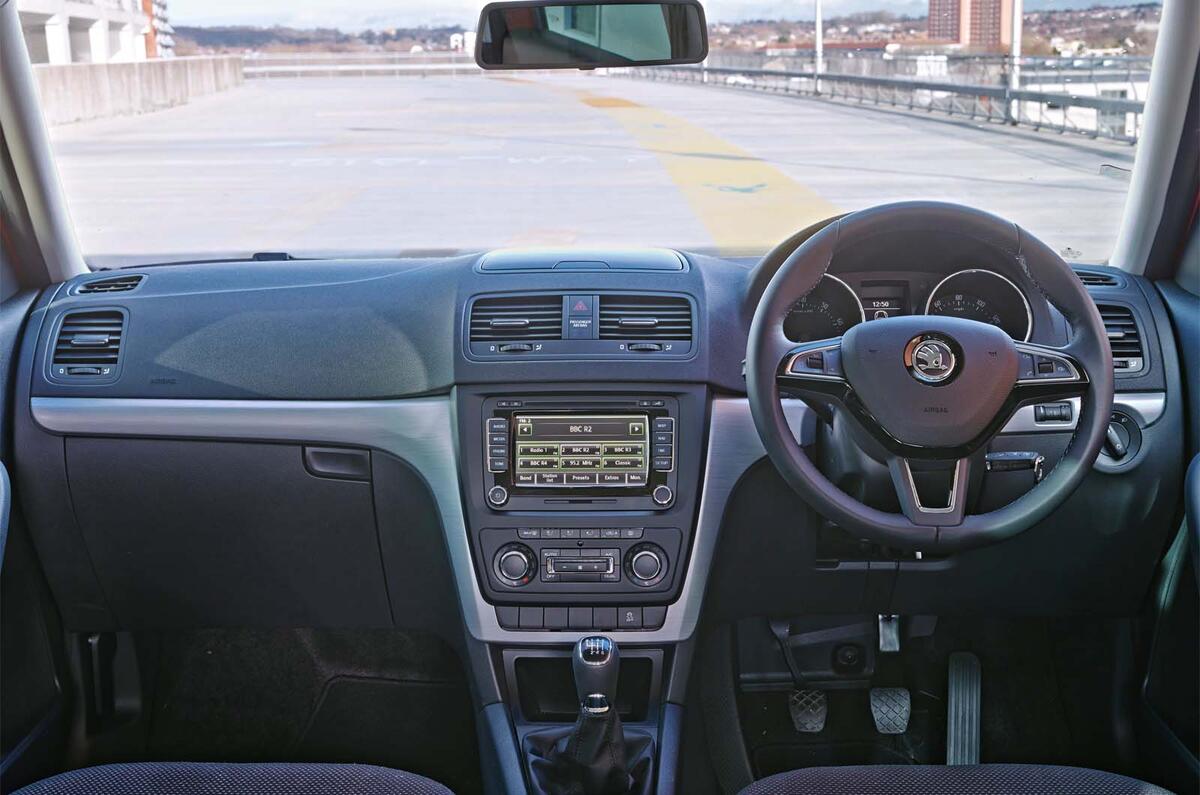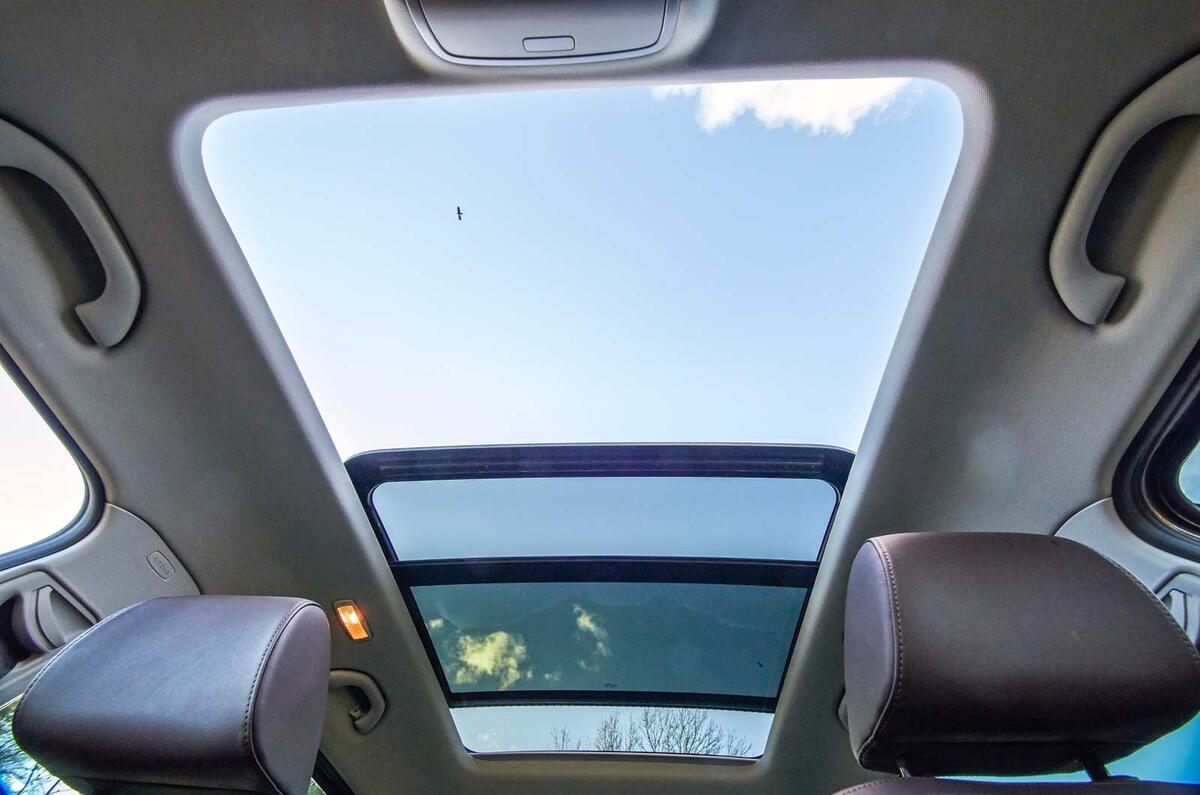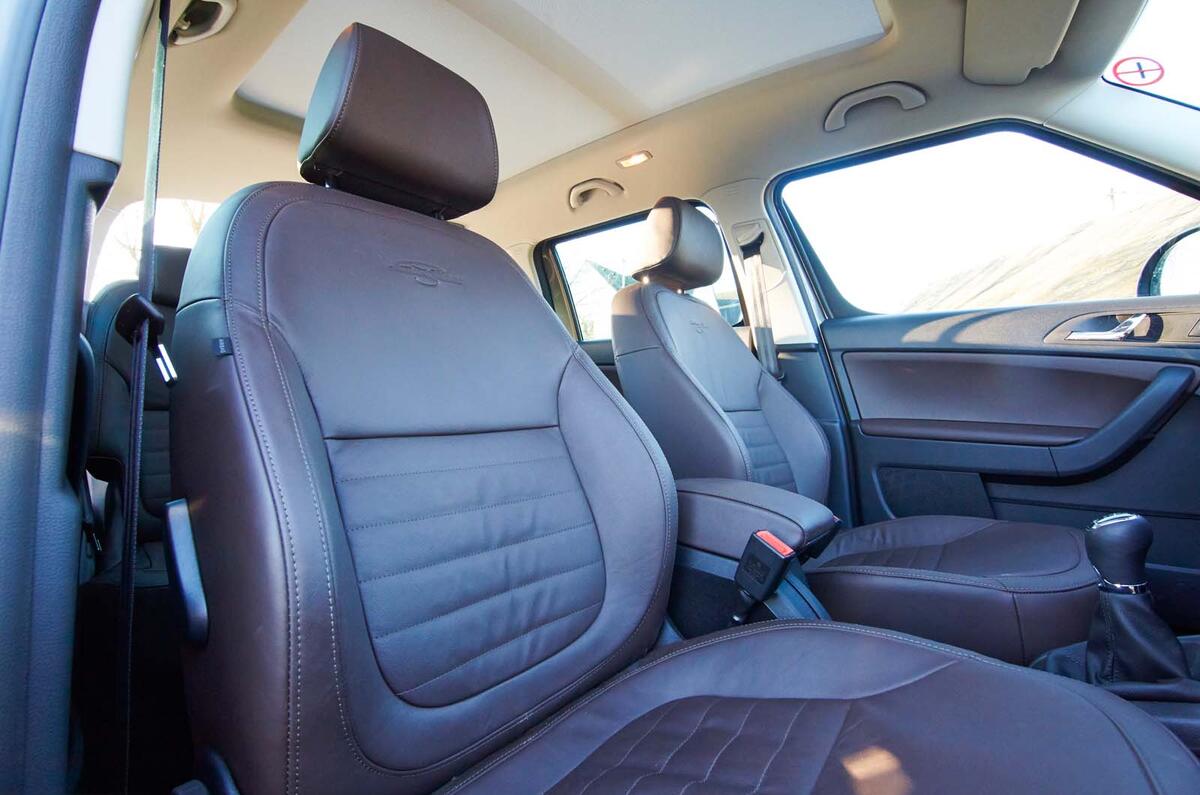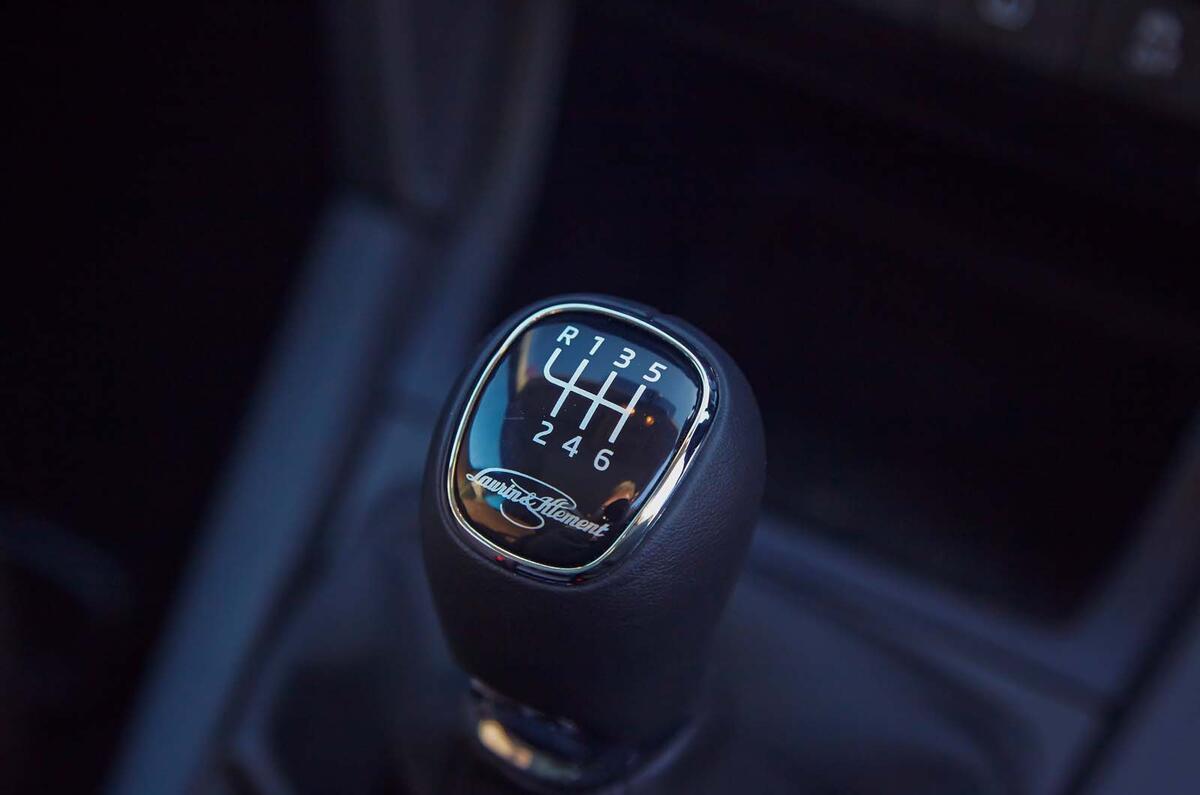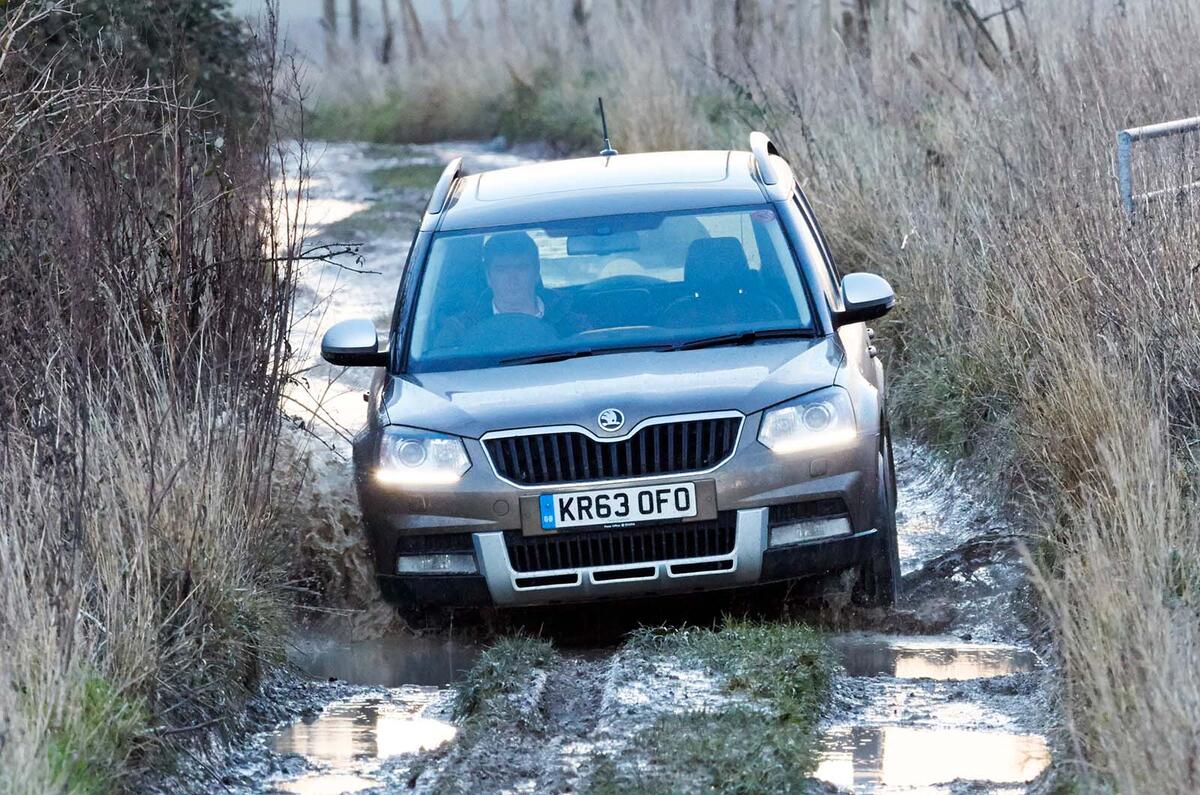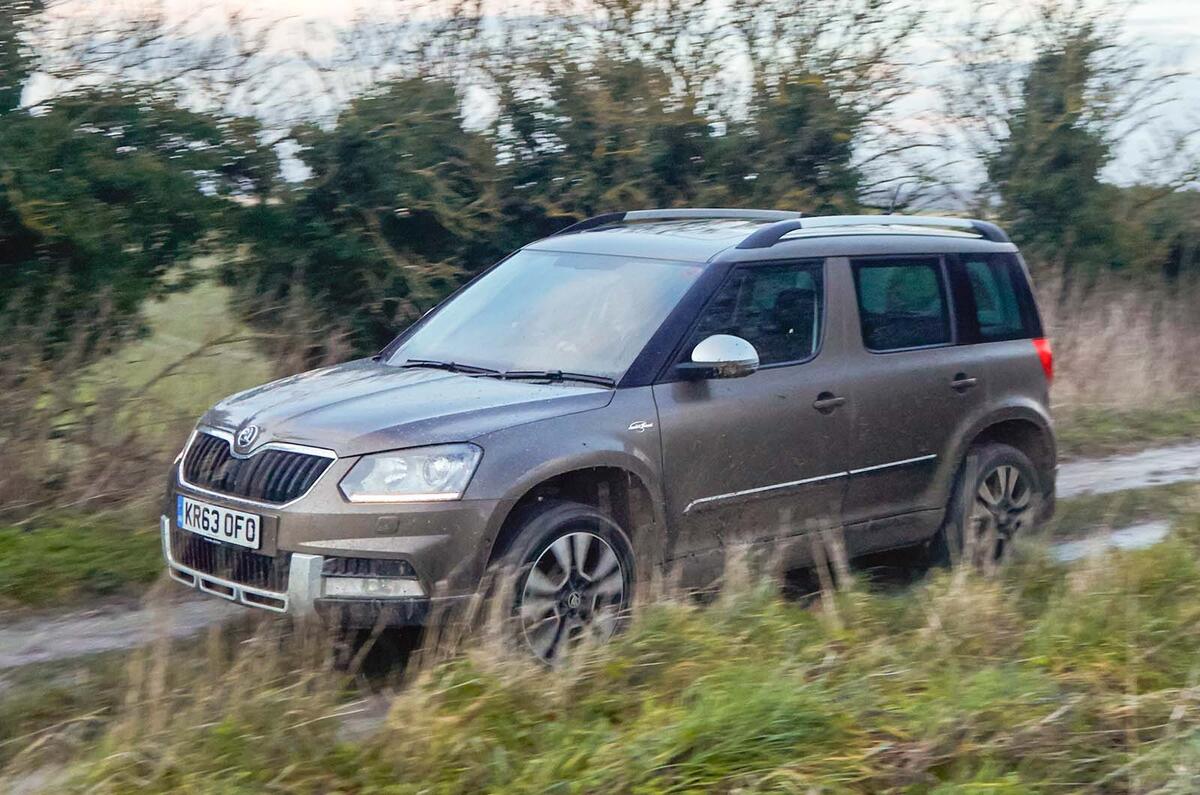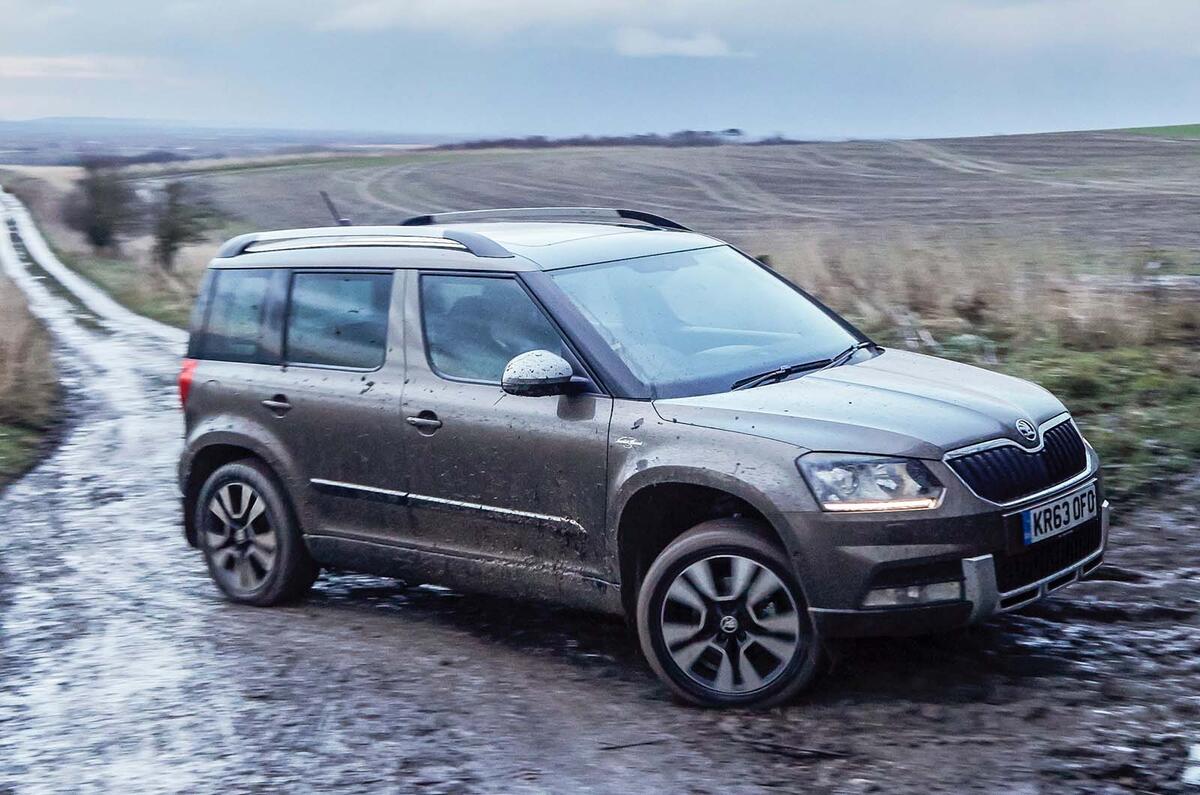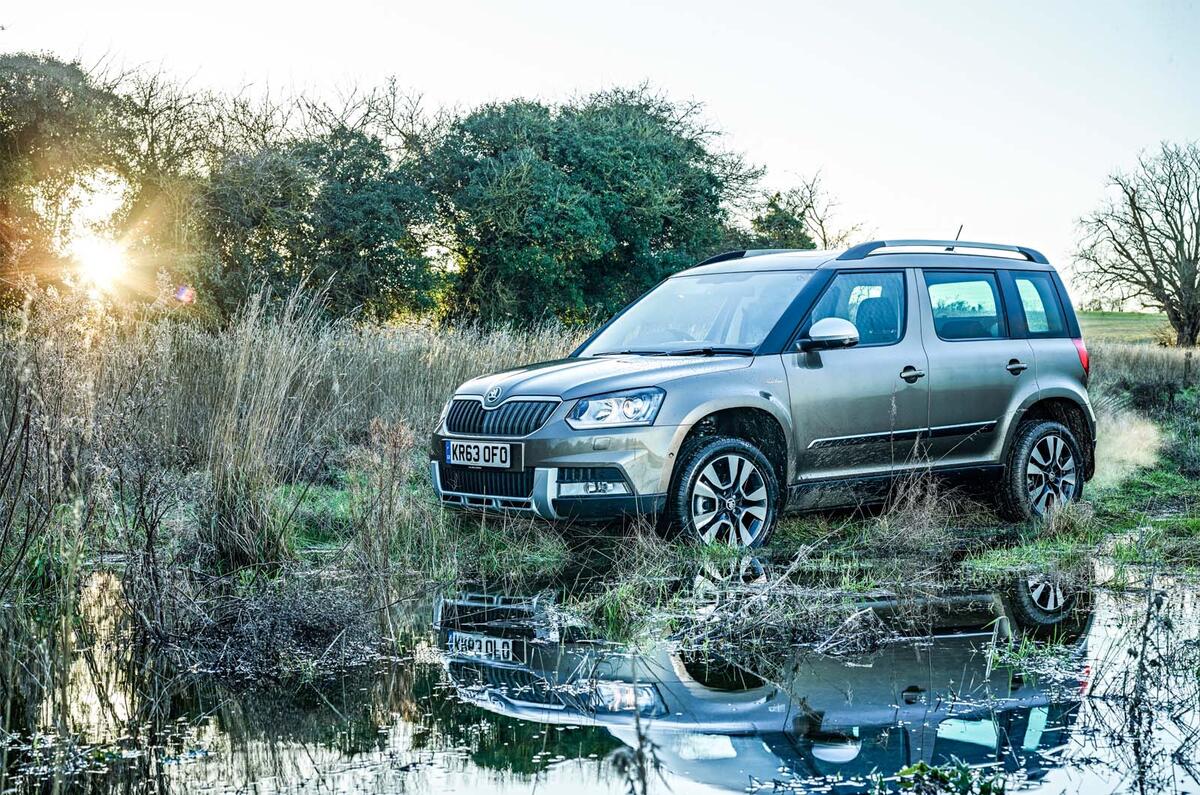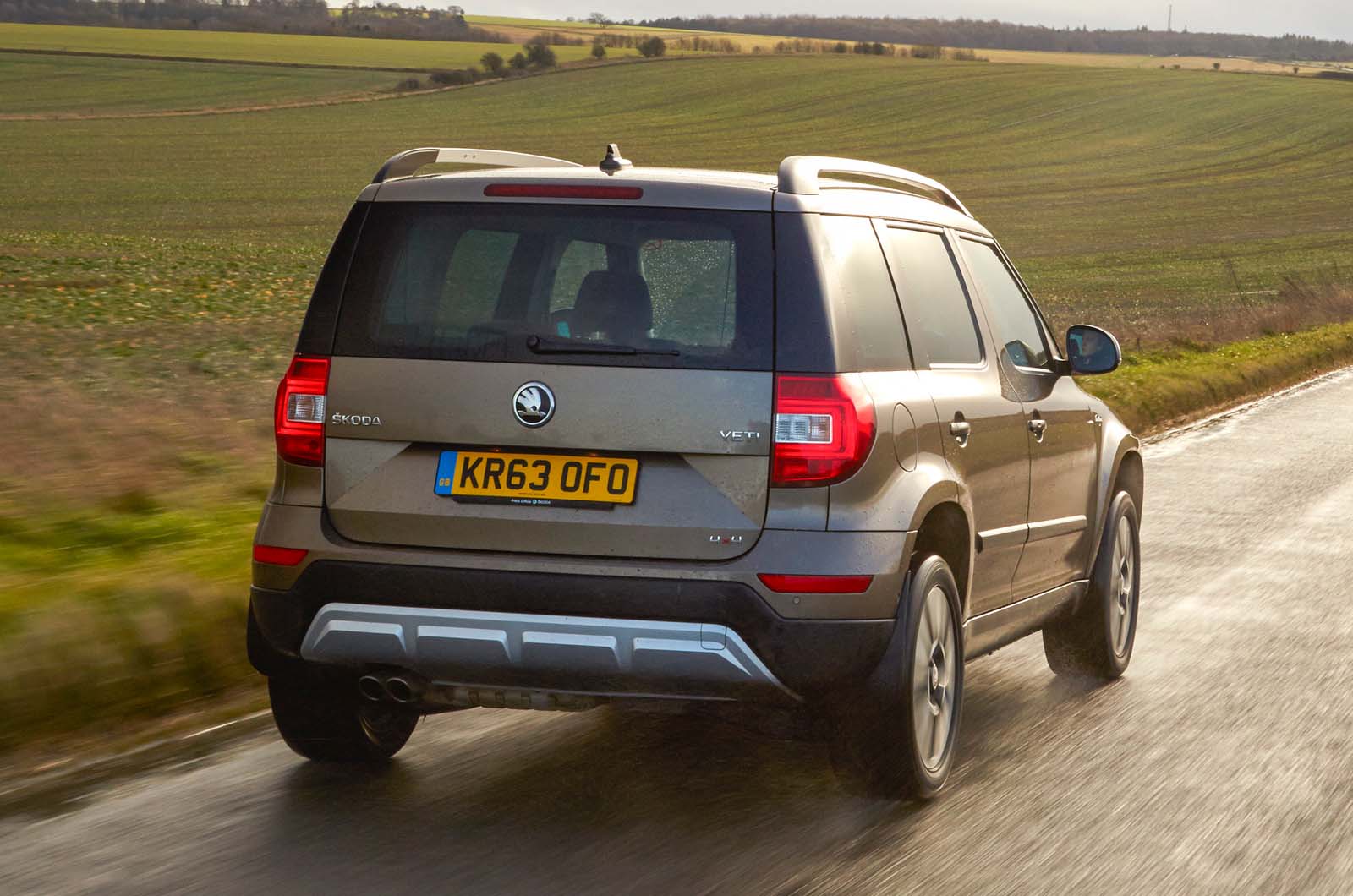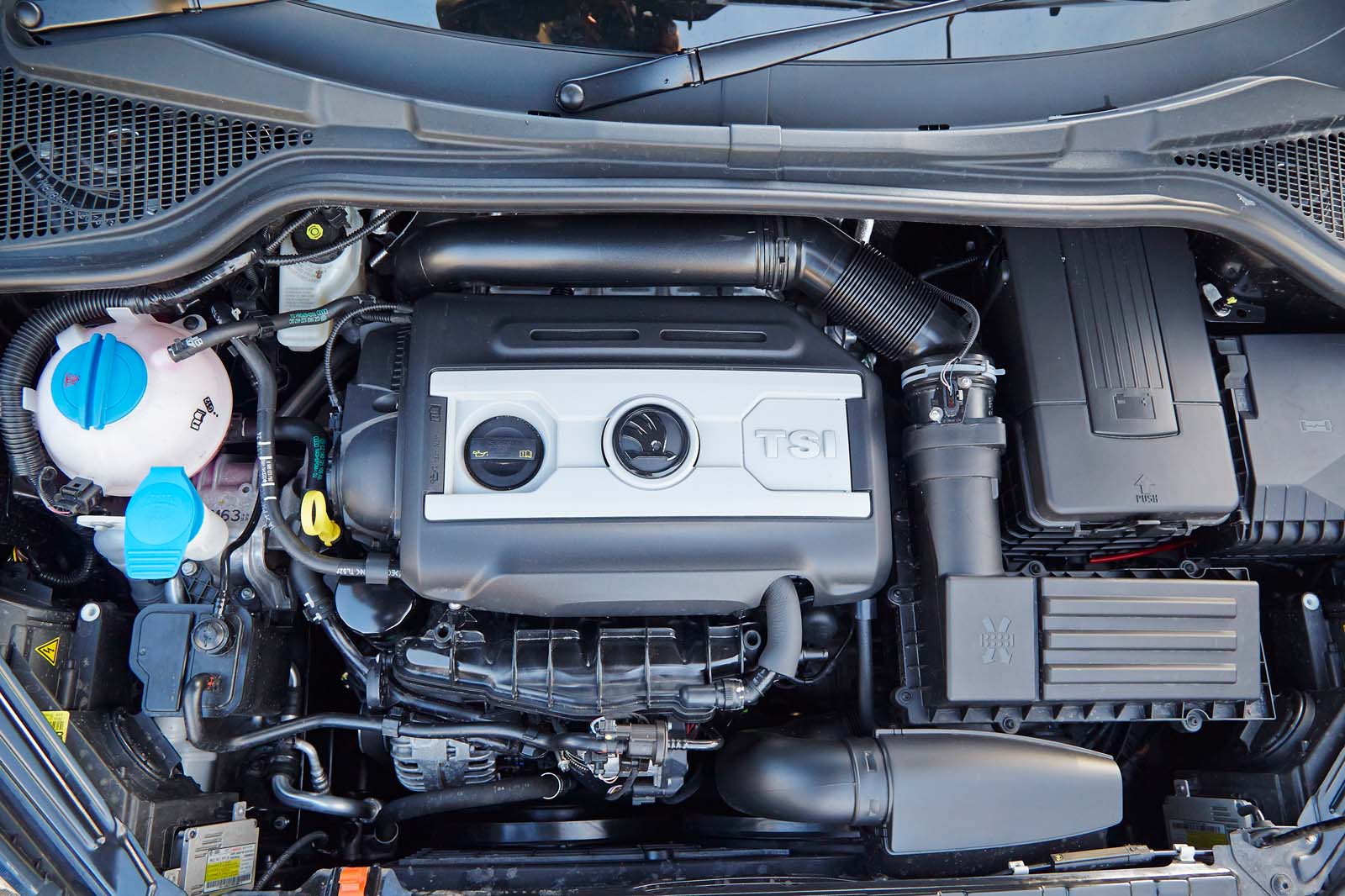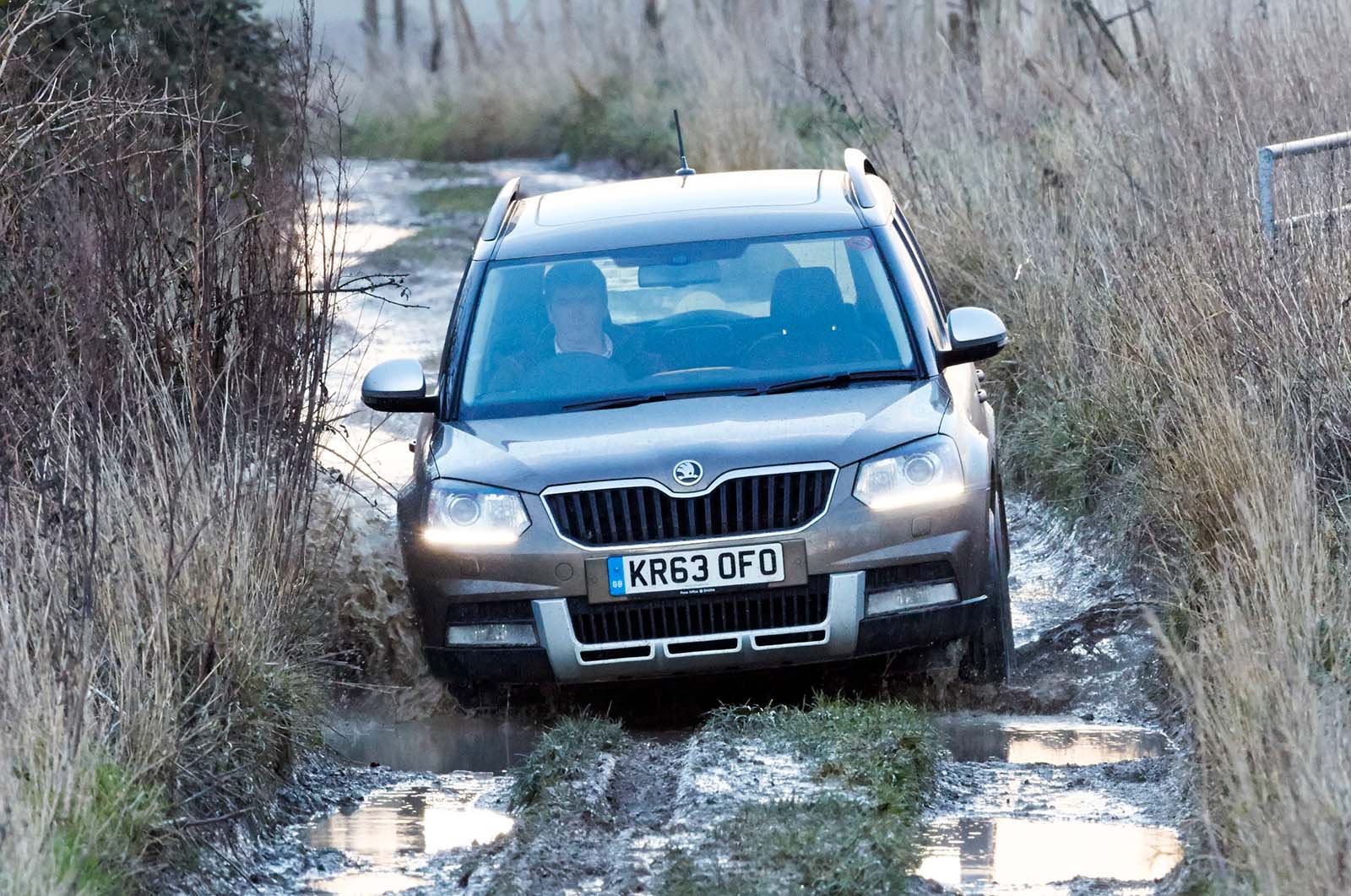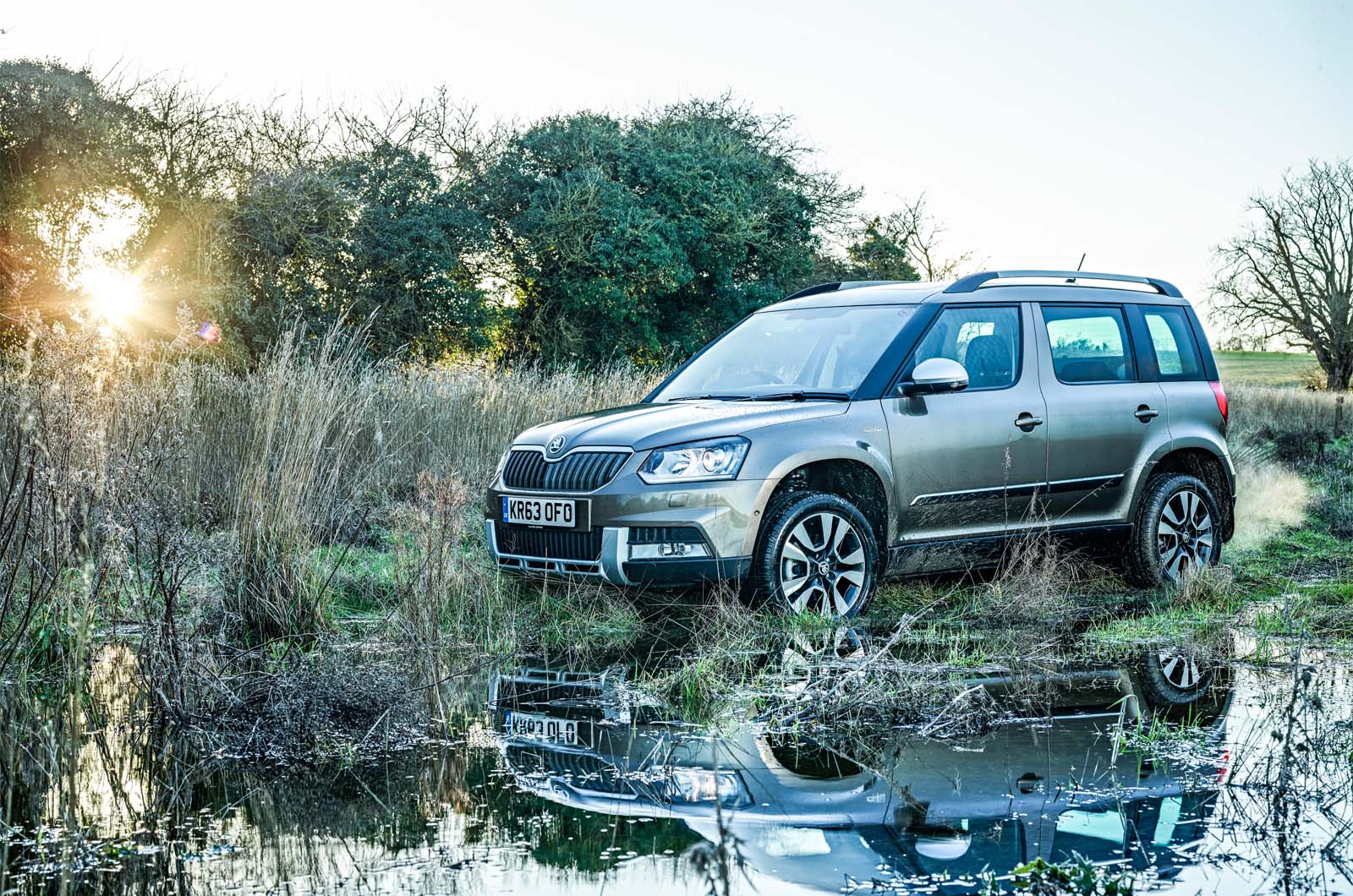Jacked-up hatchback or compact SUV? Whichever way you view the Skoda Yeti, there’s no denying that the Czech marque’s segment-blending family car is unique, even if it did borrow its engines and parts from the vast stores of the Volkswagen Group.
Its funky silhouette and quirky dimensions captured Europeans’ imaginations when it first arrived in 2009: more than 700,000 were sold before production came to an end in 2018.
And long after its demise, this cheerful chariot still holds up as a reliable and appealing family wagon – especially as it can now be bought for as little as £1500. That’s a bargain price for a crossover that’s more refined than a contemporary Dacia Duster and more pleasing to drive than a Nissan Qashqai.
The Yeti’s Volkswagen Golf underpinnings ensured that it drove more like a hatchback on the road despite its SUV looks, with surprising agility, grip and balance.
The steering is accurate, the body is kept well in check and there’s a pleasing sense of togetherness and predictability to how the Yeti handles, be it in town, on a rural back road or down a motorway.
It can be caught out by the odd short sharp intrusion, but the ride is generally comfortable, so you and your passengers – and even the St Bernard lounging in the 416-litre boot – won’t feel aggrieved.
There’s plenty of flexibility to the cabin too: you can slide the rear seats fore and aft to increase boot capacity, fold them almost flat, or remove them completely to create essentially a small van. Head and knee room are generous enough for adults in the rear, too, and there are endless storage cubbies for your offspring to hide sweet wrappers.


